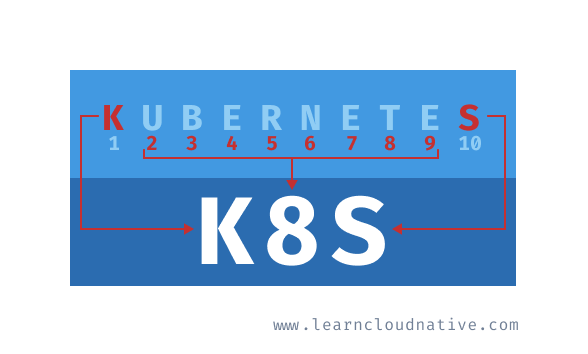For up-to-date articles, tutorials and other resources, visit LearnCloudNative.comThis blog is not being maintained anymore.
What is container orchestration?
Containers are everywhere these days. Tools such as Docker are used to package anything from applications to databases. With the growing popularity of microservice architecture and moving away from the monolithic applications, a monolith application is now a collection of multiple smaller services.
Containers are everywhere these days. Tools such as Docker are used to package anything from applications to databases. With the growing popularity of microservice architecture and moving away from the monolithic applications, a monolith application is now a collection of multiple smaller services.
Managing a single application has its own issues and challenges, let alone managing tens of smaller services that have to work together. You need a way to automate and manage your deployments, figure out how to scale individual services, how to use the network and connect them, and so on.
This is where container orchestration steps in. Container orchestration can help you manage the lifecycles of your containers. Using a container orchestration system allows you to do the following:
- Provision and deploy containers based on available resources
- Perform health monitoring on containers
- Load balancing and service discovery
- Allocate resources between different containers
- Scaling the containers up and down
A couple of examples of container orchestrators are Marathon, Docker Swarm and the one I'll be talking about today, Kubernetes.
Kubernetes is an open-source project and one of the popular choices for cluster management and scheduling container-centric workloads. You can use Kubernetes to run your containers, do zero-downtime deployments where you can update your application without impacting your users, and bunch of other cool stuff.

Frequently, you will see Kubernetes being referred to as "K8S". K8S is a numeronym for Kubernetes. The first (K) and the last letter (S) are first and the last letters in the word Kubernetes, and 8 is the number of characters between those two letters. Other popular numeronyms are "i18n" for internationalization or "a11y" for accessibility.
Kubernetes vs. Docker?
I have seen the question about Kubernetes vs. Docker and what the difference is between both. Using Docker you can package your application. This package is called an image or a Docker image. You can think of an image as a template. Using Docker you can create containers from your images. For example, if your Docker image contains a Go binary or a Java application, then the container is a running instance of that application. If you want to learn more about Docker, check out the Beginners Guide to Docker.
Kubernetes on the other hand is a container orchestration tool that knows how to manage Docker (and other) containers. Kubernetes uses a higher-level constructs such as Pods to wrap Docker (or other) containers and gives you the ability to manage them.
Kubernetes vs. Docker Swarm?
Docker Swarm is a container orchestration tool, just like Kubernetes is. You can use it to manage Docker containers. Using Swarm, you can connect multiple Docker hosts into a virtual host. You can then use Docker CLI to talk to multiple hosts at once and run Docker containers on it.